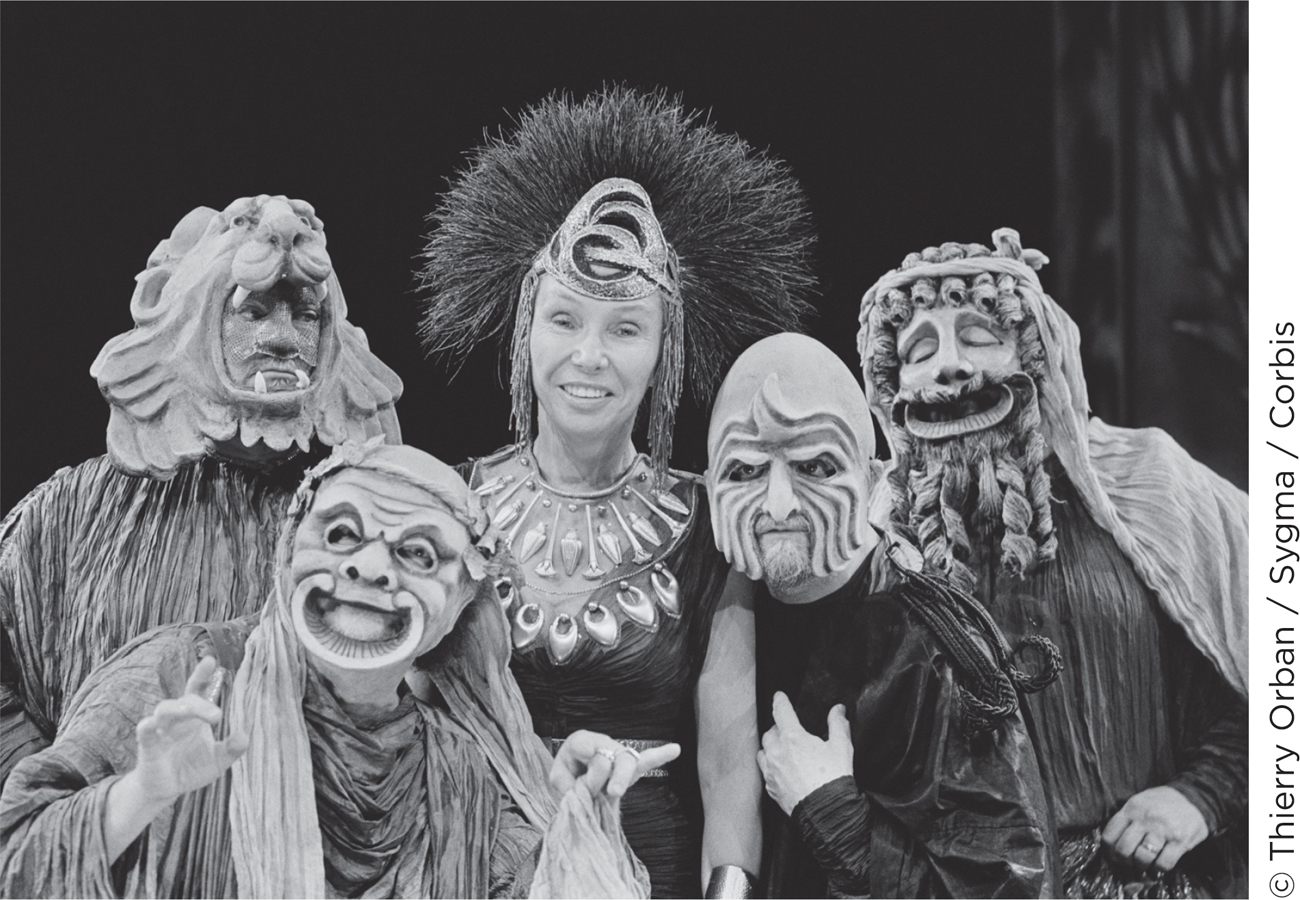13.1 What Is Personality?
Like most words, “personality” can mean different things. The statements below illustrate three uses of the word:
“I can’t stand my psychology course. The professor has no personality.”
“My personality is best described as adventurous, wild, spontaneous, easygoing, flexible, open-
minded, flirtatious, playful, friendly, kind, humorous, witty, intellectual, low maintenance, sensitive, nurturing.” “Her personality is marked by a hidden, inner conflict between a motivation to succeed and fear of success. Her confident exterior is not her true self. It is a strategy that hides an inner turmoil of which she is only partly aware.”
In Statement #1, “personality” essentially means “charisma.” If your professor merely reads lecture notes in a quiet monotone, she lacks charisma; you say she has “no personality.” If she darts about the lecture hall, mixing incisive scholarship with irreverent humor, you say she’s got “a lot of personality.”
Before moving to Statements #2 and #3, note that, in psychological science, personality does not mean charisma. This chapter is not about “the psychology of charisma.” The next two meanings of the word identify our topic.

In Statement #2, personality refers to a person’s typical, observable behavior. If someone describes herself as adventurous, wild, spontaneous, and easygoing, she essentially is saying that, if you observe her long enough, you will see her behave in this way—
Statement #3 differs from #1 and #2. It does not refer to observable behavior, but to inner mental life—
551
Defining “Personality”
Preview Question
Question
 What two scientific goals do personality psychologists try to accomplish?
What two scientific goals do personality psychologists try to accomplish?
Personality psychologists are interested in both observable behavior and inner mental life. Their definition of personality thus combines Statements #2 and #3: Personality refers to relatively consistent, observable patterns of feeling, thinking, and behaving and to the inner psychological systems that explain these patterns.

Because the definition of personality combines two features, psychologists who study personality pursue two scientific goals (Cervone, 1991):
Describing people’s typical behavior and individual differences in that behavior (do people differ from one another consistently in their tendency, for example, to be anxious or aggressive?)
Explaining personality characteristics by identifying systems in the mind and brain that account for individuals’ observable personal qualities (what beliefs, emotions, motivations, and brain systems lie “beneath the surface” and explain a person’s anxious or aggressive behavior?)
What psychological qualities distinguish you from others?
We’ll conclude this discussion of “what is personality” by noting two additional ideas. Because you already know, intuitively, what personality means, both ideas will be familiar to you. One is distinctiveness; personality is what makes you distinctive, that is, what sets you apart from others. When you described your personality in our opening exercise, you probably didn’t say something like “I get angry when people intentionally insult me.” Everybody gets angry when that happens; it isn’t distinctive. Your personality qualities are what make you unlike everybody else. Personality psychologists recognize this and aim to describe scientifically the primary ways in which people differ.
The second idea is consistency. Personality refers to qualities that people have across time and place (Allport, 1937). If a friend appears anxious consistently—
WHAT DO YOU KNOW?…
Question 1
Personality psychologists pursue two scientific goals: (1) describing the major ways individuals FTIZvvOu0bD4DF0c from one another and (2) explaining personality by identifying systems in the mind and DFWnZgt9nnTSLKGc that explain behavior. Personality refers to qualities that make you xUk+1D5evDZbM18x89Z3RnVUiUoWTKcG from others and that are 1+lHcrhQCuw7lvzCP5kh0Q== across time and place.
552